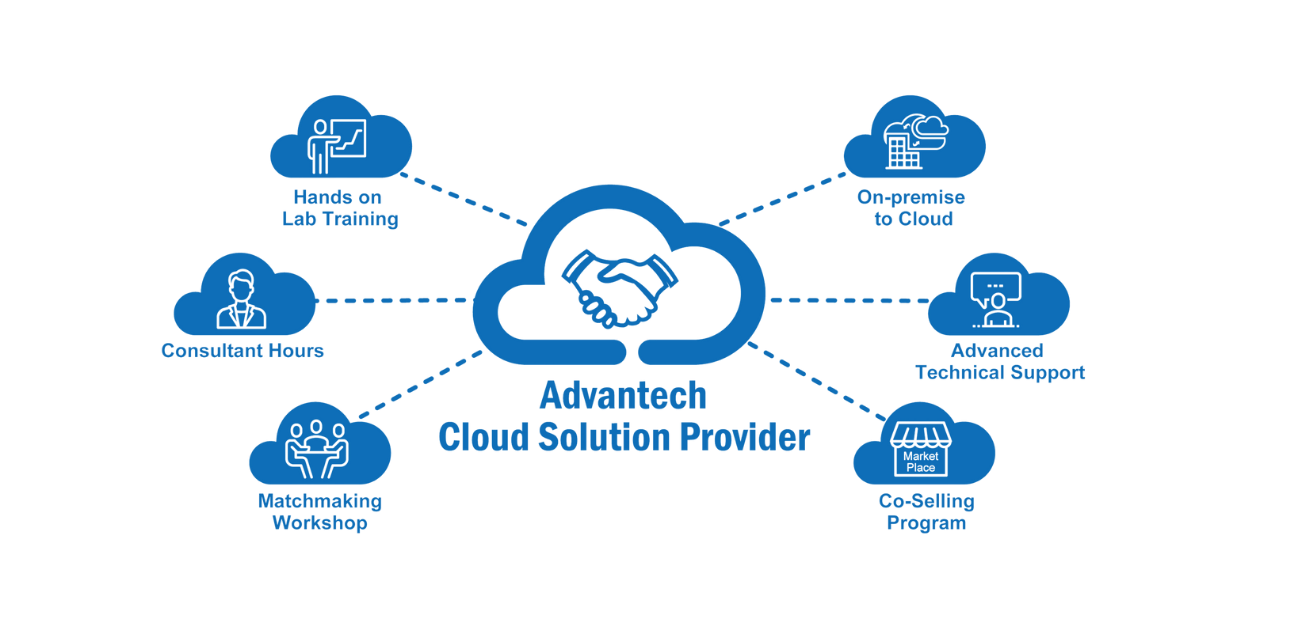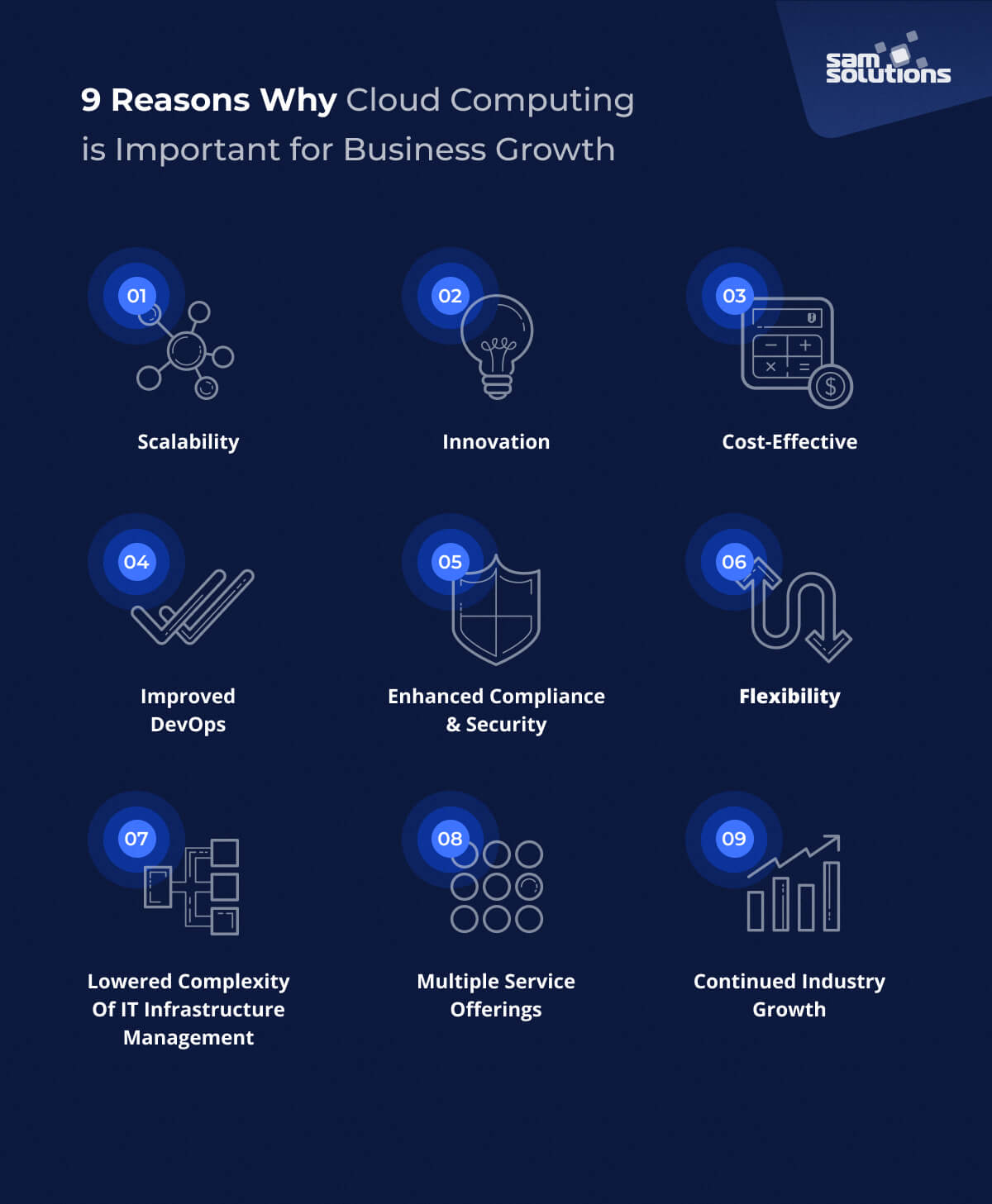Stay Upgraded with the Cloud Services Press Release: Fads and Growths
Stay Upgraded with the Cloud Services Press Release: Fads and Growths
Blog Article
Achieve Seamless Scalability With Cloud Provider
In the ever-evolving landscape of cloud solutions, achieving smooth scalability stands as a keystone for modern organizations seeking to remain affordable and adaptable. The quest for seamless scalability with cloud solutions unveils a world of opportunities for those prepared to welcome the transformative power of vibrant resource administration.
Benefits of Cloud Scalability
Cloud scalability offers organizations the adaptability to dynamically readjust resources based on need, guaranteeing optimal performance and expense efficiency. Additionally, cloud scalability promotes development and experimentation by allowing organizations to quickly evaluate new concepts and scale them as needed. Inevitably, the advantages of cloud scalability prolong beyond price financial savings to include better efficiency, dexterity, and advancement.
Key Attributes for Scaling
Reliable scaling in cloud services relies on essential attributes that allow organizations to adjust sources dynamically based upon need. One essential feature for scaling is elasticity, allowing resources to scale up or down in reaction to rising and fall work. This makes certain that organizations can satisfy performance requirements without over-provisioning sources. Another essential attribute is scalability, making it possible for systems to deal with enhanced work by including resources flawlessly. This feature is important for suiting growth without compromising performance. Additionally, automation plays a crucial duty in scaling by automating the provisioning and de-provisioning of sources based upon predefined plans. Automation reduces human intervention, boosts efficiency, and makes sure quick reaction to transforming needs. Surveillance and analytics devices are likewise essential for scaling, supplying insights into source usage, efficiency metrics, and potential traffic jams. These devices enable organizations to make enlightened choices and enhance resource appropriation for reliable scaling. Generally, these vital features collectively equip organizations to attain smooth scalability in cloud services.
Implementing Auto-Scaling Approaches
To successfully optimize resource allocation and adapt to varying work, companies need to strategically apply auto-scaling strategies in their cloud services infrastructure. Auto-scaling permits systems to immediately adjust the number of compute resources based upon real-time demand. There are numerous auto-scaling strategies that organizations can use, such as predictive scaling, which uses historic information to anticipate future source requirements, and responsive scaling, which reacts to current workload modifications.

Ideal Practices for Scalability
For companies intending to improve their scalability in cloud services, implementing best practices is important for optimal efficiency and source management. One trick best technique is developing applications with a microservices design. This strategy breaks down applications right into smaller, independent services that can be deployed, updated, and scaled separately, permitting better flexibility and scalability.
One more important technique is using containerization modern technology, such as Docker or Kubernetes. Containers allow the packaging of applications and their reliances right into isolated units, making it easier to scale elements individually and deploy them regularly across different settings.
Additionally, implementing automated release and facilities as code (IaC) can simplify scalability efforts (linkdaddy cloud services). Automation tools like Terraform or Ansible check out this site aid in provisioning and handling resources effectively, minimizing hand-operated errors and allowing rapid scalability
Additionally, monitoring performance metrics, establishing up informs, and performing routine capacity planning are essential techniques to make certain proactive scalability administration. By sticking to these best practices, organizations can achieve smooth scalability in their cloud solutions while optimizing efficiency and source usage.
Tracking Performance Metrics
When assessing the performance of cloud solutions scalability, carefully keeping an eye on performance news metrics is important for ensuring optimum performance and source allowance. By continually tracking crucial performance indicators (KPIs) such as reaction times, throughput, source, and latency utilization, companies can acquire important understandings into the health and efficiency of their cloud framework. Checking performance metrics enables for the early discovery of potential traffic jams or concerns that can impact scalability, enabling proactive measures to be required to address them prior to they rise.

Verdict
To conclude, attaining smooth scalability with cloud solutions is essential for organizations to enhance performance, improve innovation, and keep high performance degrees during peak times. By leveraging the benefits of cloud scalability, carrying out auto-scaling approaches, utilizing crucial attributes such as flexibility and automation, and adhering to best practices like application design and performance monitoring, businesses can effectively scale their systems while making best use of resource usage and efficiency.
The quest for smooth scalability with cloud solutions reveals a world of opportunities for those willing to embrace the transformative power of dynamic source administration.
Cloud scalability uses companies the adaptability to dynamically adjust resources based on need, ensuring ideal efficiency and price effectiveness. One more key function is hop over to these guys scalability, making it possible for systems to manage raised workload by adding sources perfectly.For companies aiming to improve their scalability in cloud solutions, carrying out best practices is crucial for optimal performance and source administration.When evaluating the effectiveness of cloud services scalability, carefully monitoring performance metrics is important for ensuring ideal performance and resource allowance.
Report this page